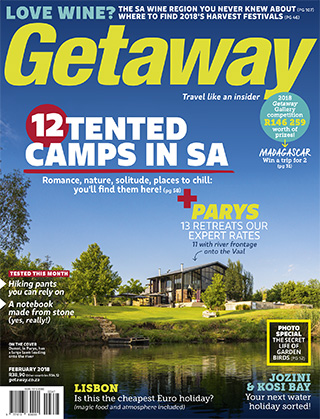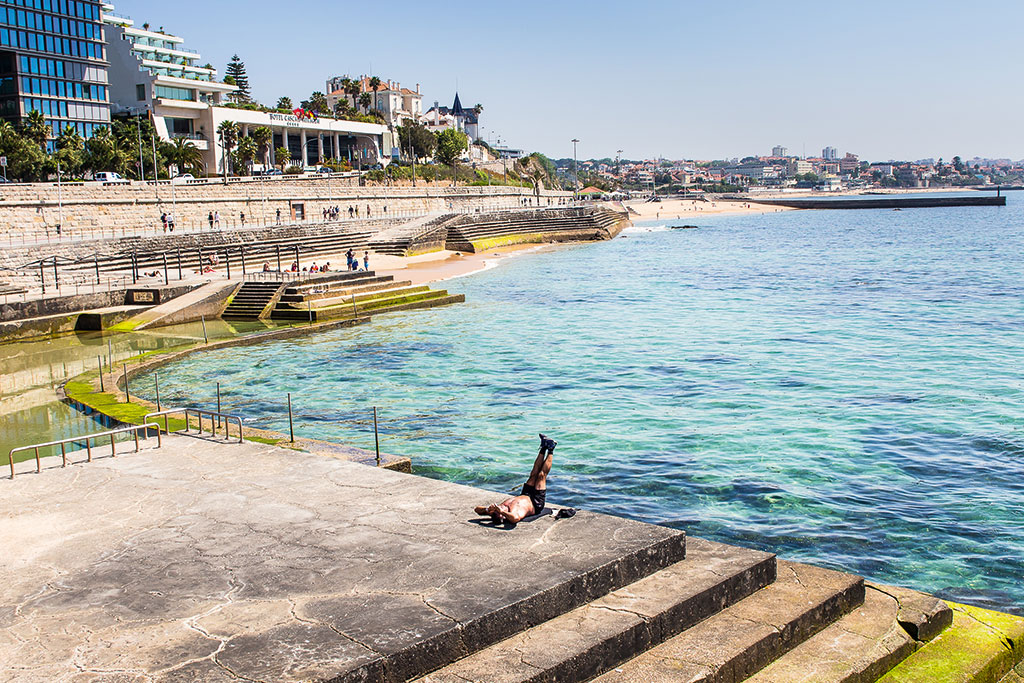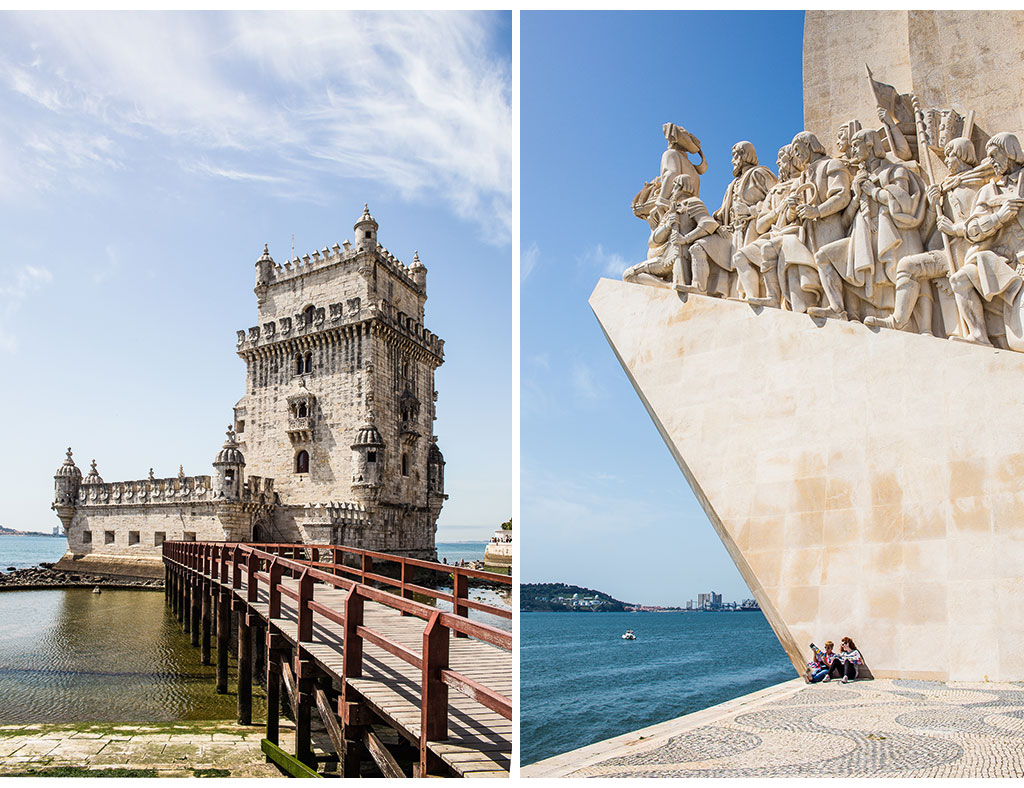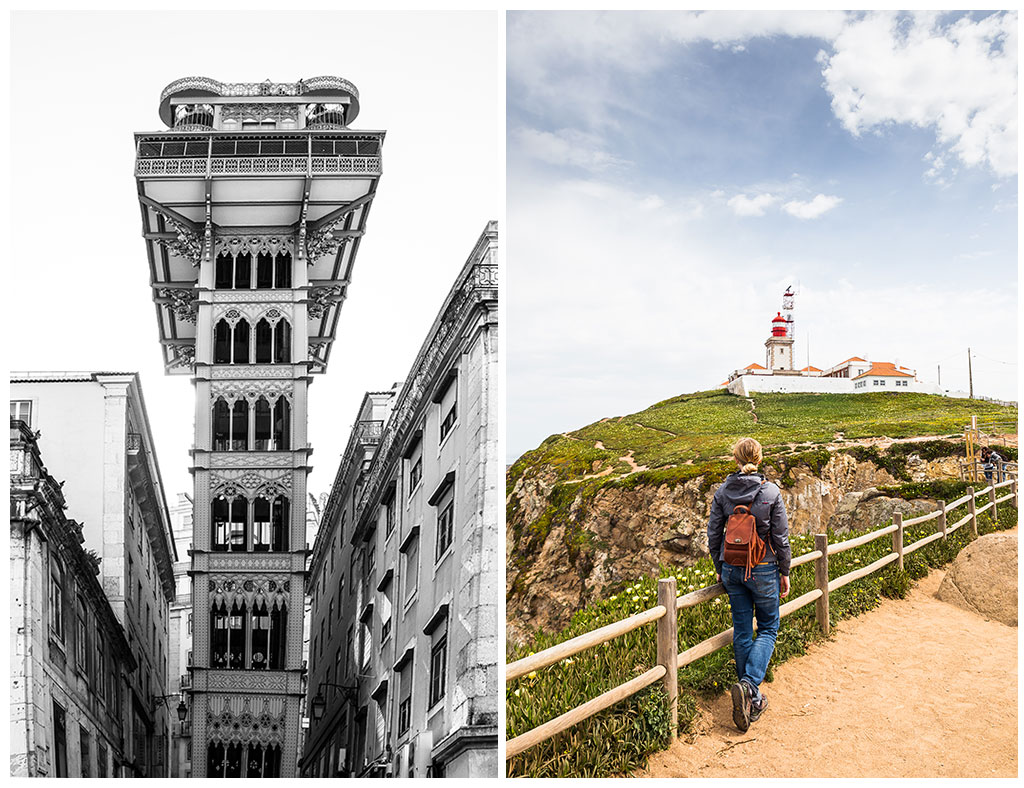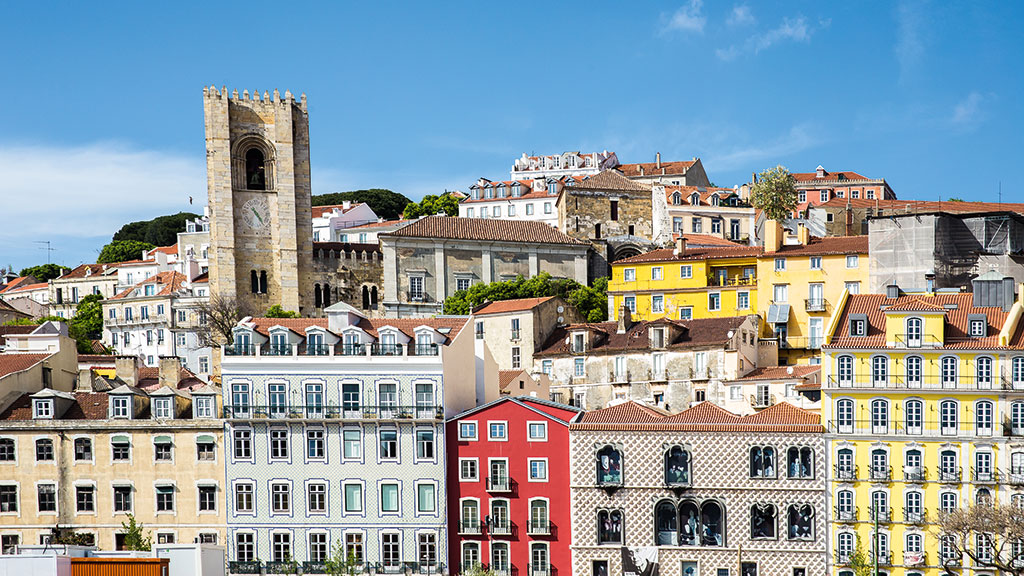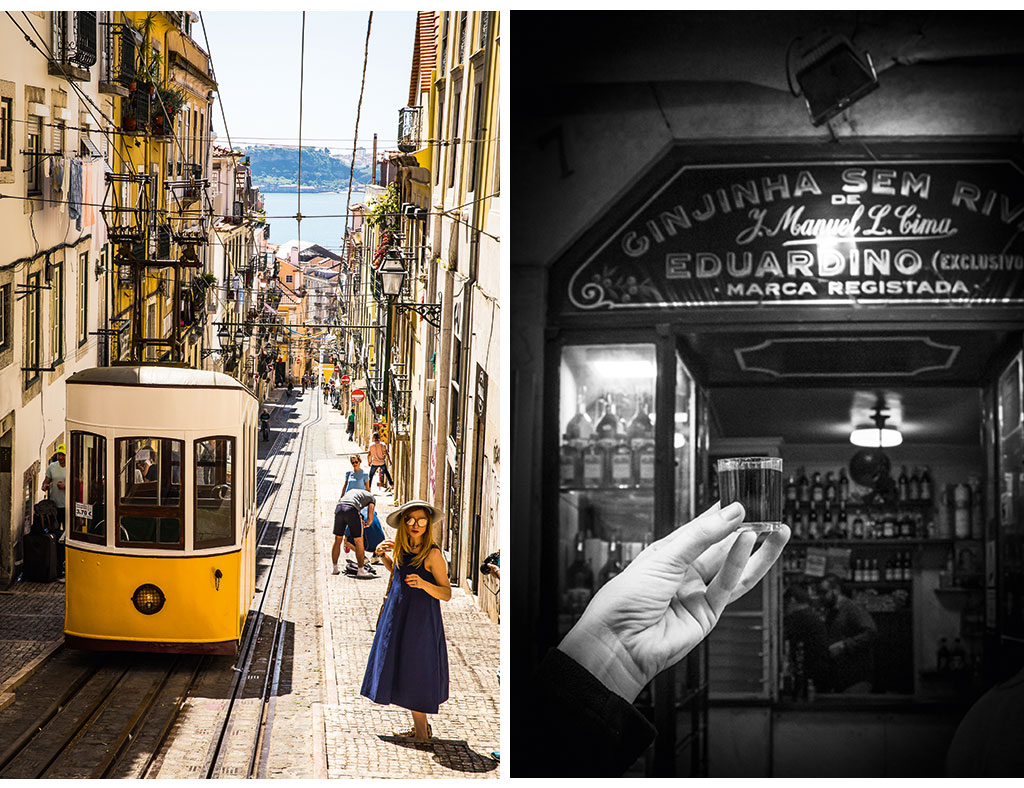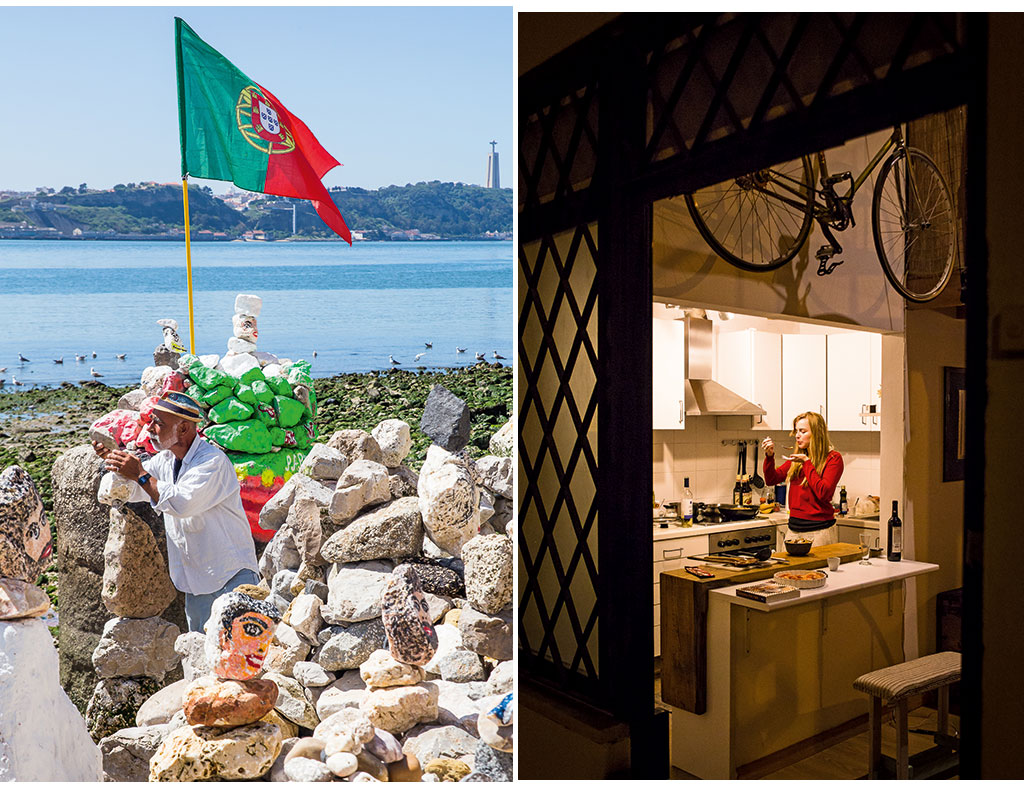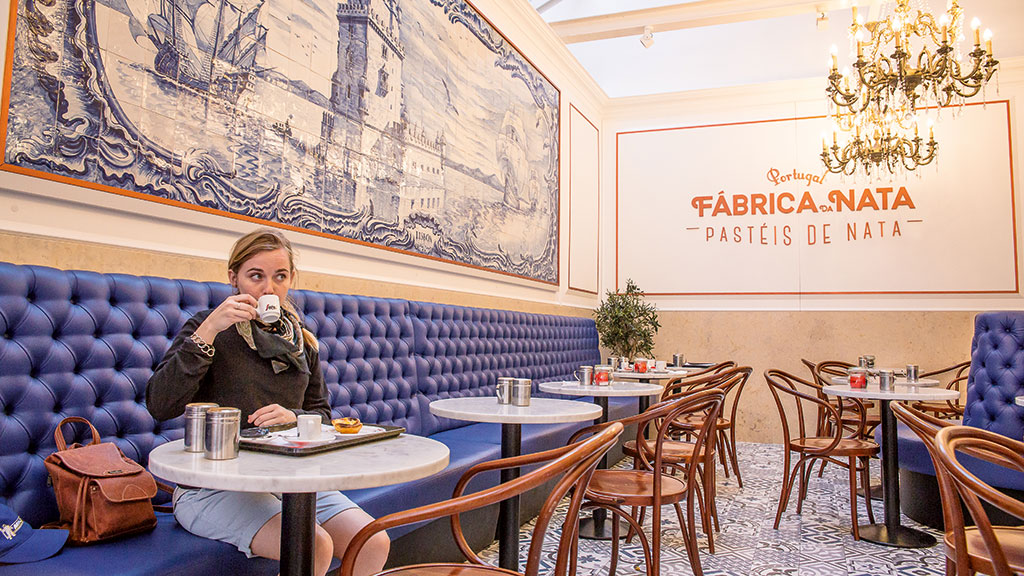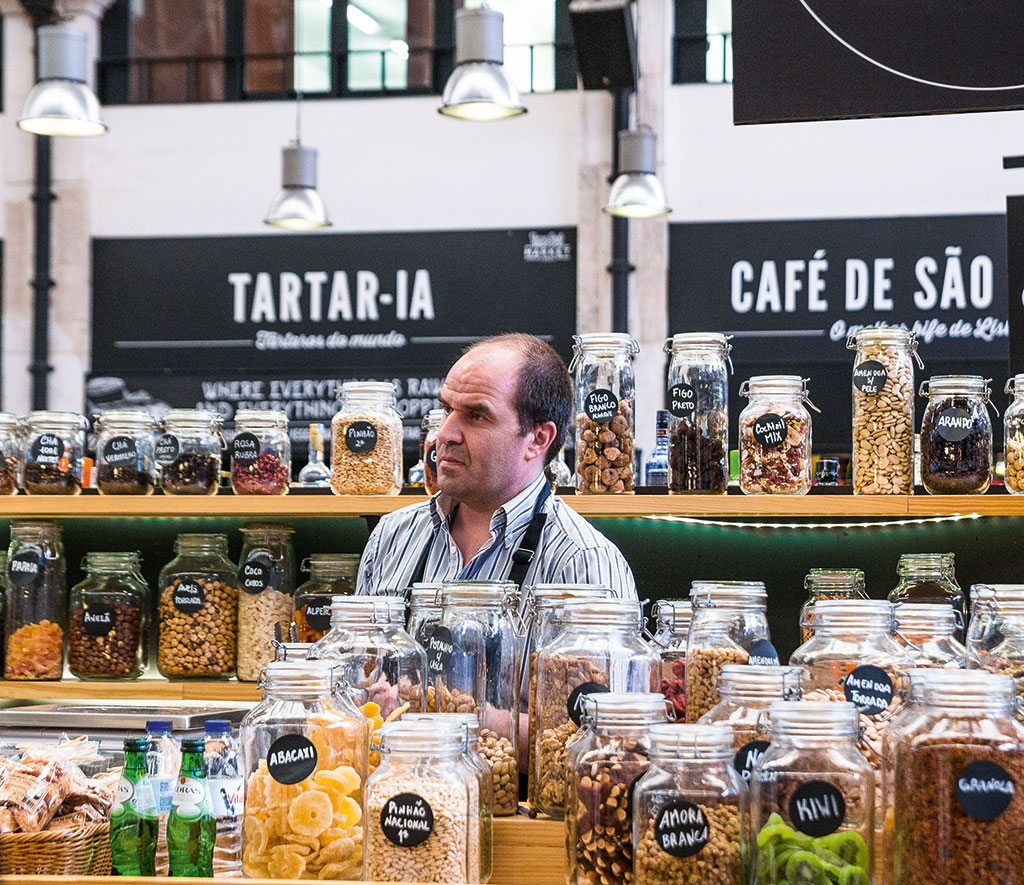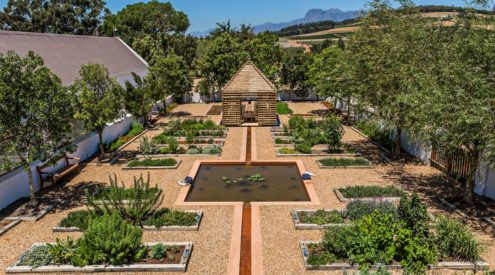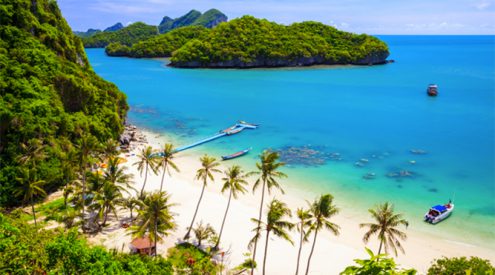Portugal’s capital city, Lisbon, is gorgeous, safe and affordable. Go now to have a laid-back holiday enriched with history, sunshine and good food. Photographs by Tyson Jopson.
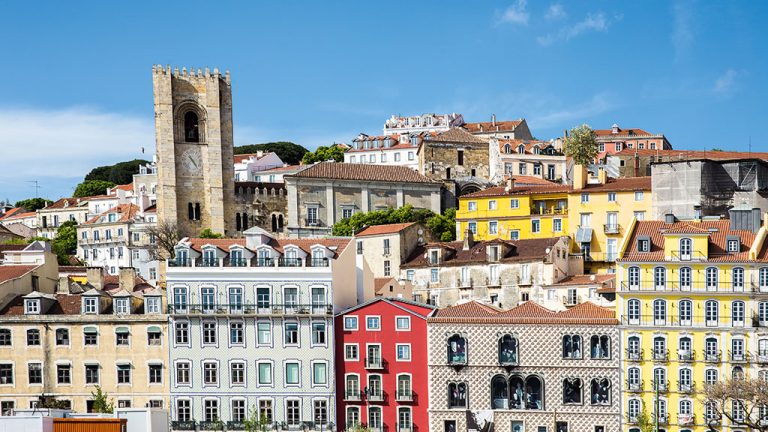
A mishmash of pastel facades greets you from any viewpoint in the city. Images by Tyson Jopson.
‘No, but that has to be the price for a one-way ticket. Surely?’ We were drunk and browsing Travelstart. That’s how it started. Two pairs of itchy feet, one sad spreadsheet with the spiralling costs of a Namibian road trip for two, and a bottle of whisky. Once we had ascertained beyond a reasonable doubt that this was, in fact, the price for a return ticket, we played a game of chicken until suddenly the tickets were booked. We were on our way to Lisbon.
I’ve always had a crush on Lisbon. My parents went on holiday there when my mom was pregnant with me; my father still gets misty-eyed when talking about the grilled sardines they ate there. Fresh, salty, too hot to eat, wrapped in newspaper. I had read too many articles that waxed lyrical about the way the sun reflects off the bright cobblestones, uplighting all of the buildings with a soft warm glow. It sounded magical.
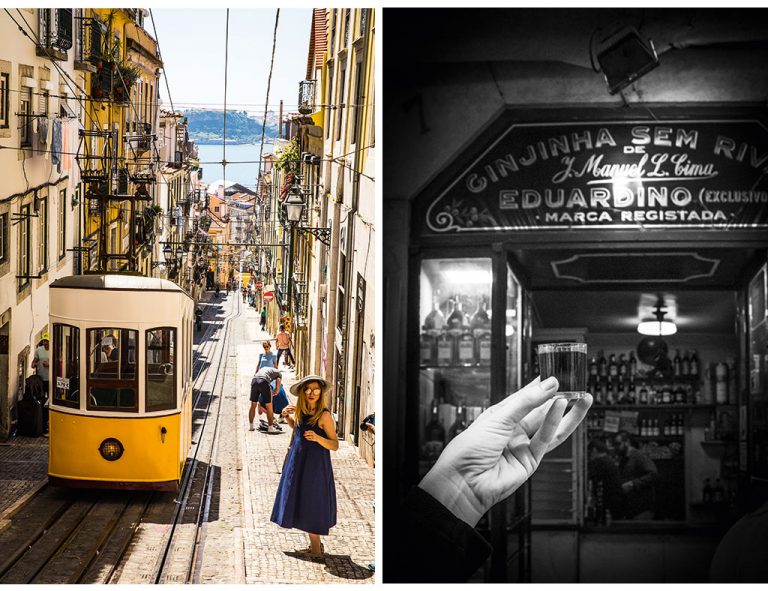
Colourful trams and funiculars make it easier to navigate Lisbon’s seven hills; Ginjinha, a wild cherry liqueur, is available all over the city. Image by Tyson Jopson.
There are, of course, lots of cities which sound magical: I dare say they are not in short supply. I have not seen Florence, or New York, or Paris, and they are all somewhere on the agenda. But then again, I have never seen a R4500 plane ticket to those places either.
And what’s so great about the old masters? I’ve heard a story about a Parisienne ashing their cigarette in someone’s wine because she mispronounced ‘Gaultier’. New York, if you believe the pop songs, will make you feel brand new but at the risk of also becoming penniless and quite mad. There’s a club in Berlin which is famous only because the bouncer almost never lets anyone in. Things like this would not fly in Lisbon. I am willing to concede that bad things do happen everywhere, that perhaps this kind of snobbery is more of a personal than national trait. But my theory is that there’s a link between being supercilious and being a bit too cold. With 300 days of sunshine per year, Lisboans don’t need this kind of frippery.
There’s also the matter of the booming design and eatery culture in Lisbon. A grand-scale museum of art, architecture and technology opened its doors last year, and the city is being touted as the new up-and-coming hub for start-ups looking for cheap, creative places to set up shop. Restaurants, fusion cocktail bars and revamped public spaces all lend credence to the suggestion that Lisbon is in the wings, preparing for its role as a global hipster capital.
In fact, the idea that Portugal is some knock-off version of Italy is not only impolite – it’s simply misguided. Lisbon has a history Rome can only dream about. It is, in fact, older than Rome; London too. The Portuguese had their eyes on an international empire long before the British.
Most of the physical reminders of this history were destroyed by a calamitous combination of earthquake, tsunami, and fire in 1755 – but the old district of Alfama, high up on one of the seven hills, was left unscathed.
Wandering around the higgledy-piggledy streets of this old Moorish district, it’s impossible to ignore the fact that some of these buildings have been around since the 11th century. Its Arabic roots are written in more than the architecture: here the pastéis de nata were flavoured with cardamom. On Easter Sunday, a procession of churchgoers flooded the streets, following a priest waving a frankincense thurible, the community standing by to watch and hand out sugared almonds. It’s vibrant, and alive, and electrifyingly beautiful.
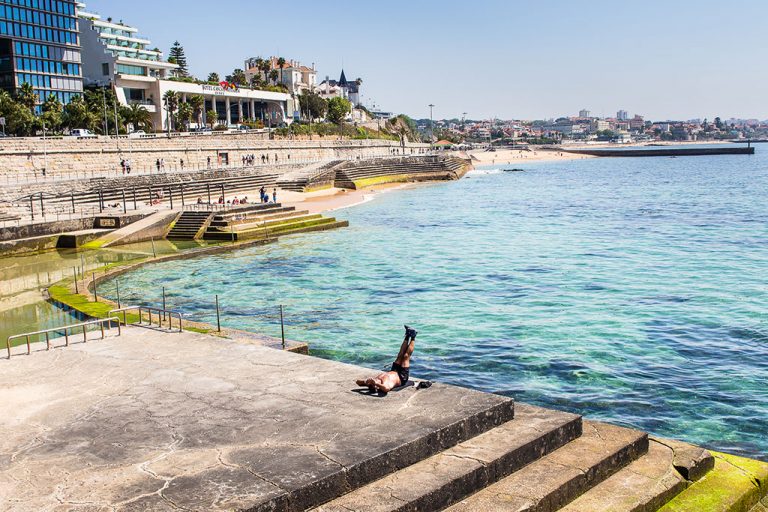
There’s a glorious promenade and beaches stretching along the town of Casacais. Image by Tyson Jopson.
Four days later. It was midnight, and things were not looking good for the paella. The rice was somehow both undercooked and burnt; the mussels, shoved in and around the mass of orange starch were refusing to open; the calamari has strengthened up into some kind of rubber-band pylon hybrid.
Of course, paella is not Portuguese, nor is an easy meal to make for the first time after a bottle of wine. But we had gone up the coast to Cascais, a seaside town on the Iberian peninsula, and spent a while wandering around town looking for the supermarket, and were sandy and happy and felt entirely unbeatable. So – paella. It was the first food disaster I’d had for some time, but by then the Portuguese magic had begun to penetrate our bones. We shrugged, ate what we could, laughed, and poured another drink.
As a travel writer, it’s hard to have a holiday. I’ve been lucky to visit some incredible places, but it’s hard to relax into the situation when you’re always on the clock. We missed so many of Lisbon’s famous sights – the Santa Justa Lift, the São Jorge Castle, the Jerónimos monastery. We met fascinating people in bars, and didn’t get their names; we drove along the coast to the Sintra-Cascais Natural Park, home to a stunning collection of fairy-tale castles, and spent our time on a hidden beach, eating tinned sardines on crackers. (Much to my father’s dismay, we missed fresh sardine season entirely.) None of these things seemed to matter.
What I am trying to tell you is that Lisbon is geared towards a proper holiday – a ramshackle, sprawling adventure. Sure, part of this is because it’s a more affordable city, where a spontaneous decision to eat out doesn’t have to be tempered by careful re-budgeting and tightening of the purse strings. And part of this is because I travelled with the best person known to humankind. But I think that most of it is simply built in. If cities had souls, Lisbon’s would be shrugging, and laughing, and pouring you another drink.

The dramatic beauty of the Belem Tower has earned it a spot on the Unesco World Heritage list; Padrão dos Descobrimentos is a monument to exploration overlooking the Tagus River. Image by Tyson Jopson.
The last story I want to tell you about this city is a result of this. We stumbled into a tiny music bar one night, with a vast array of stringed instruments hanging on the walls and an out-of-tune piano in the corner. A drunk Czech musician played honky-tonkshow tunes; a woman played flamenco guitar. Someone read Brazilian poetry over a free-form jazz solo, and much to my surprise, I found myself singing ‘Summertime’ to a roomful of strangers.
For someone who makes their living with words, it’s hard to describe the magic crackling in that room, exactly why it’s become a story that I’ll tell my children. Sure, on the other hand it’s a normal story of the extraordinary things that happen when you venture away from home. I can’t tell you the name of the bar, and we never found it again – but that doesn’t matter. I have absolute confidence that if you go, you’ll find your own enchanted, witching-hour story. That’s just what happens in Lisbon.
Plan your trip
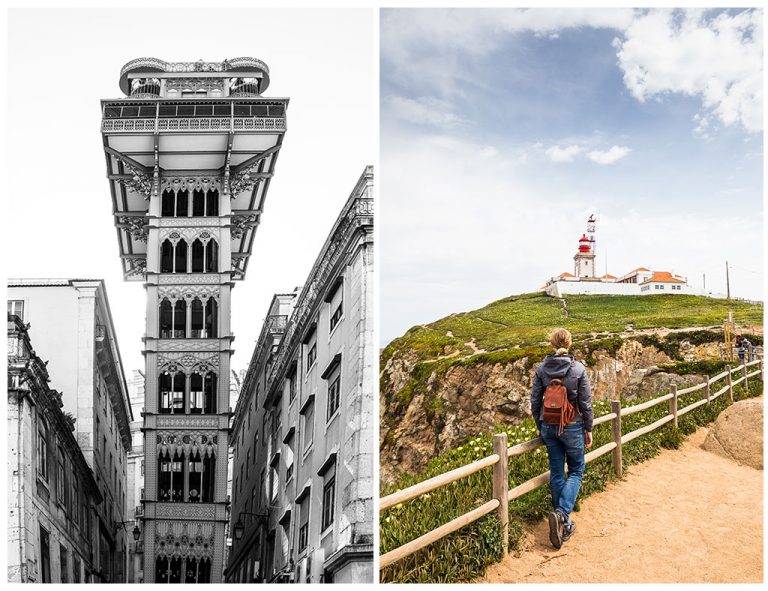
The entry fee for the 19th-century Santa Justa Lift is included in one the one-day Lisboa Card; Take a hairband when you visit Cabo da Roca –it gets windy at the westernmost point of Europe. Image by Tyson Jopson.
Getting there
We flew with TAAG Angola Airlines from Cape Town, with a few hours layover in Luanda booked through Travelstart. Prices are lower in April (from R7169, Joburg and Cape Town) and specials (such as the one we got) tend to pop up for Easter time.
Need to know
South African passport holders need a Schengen visa (R988). The Lisboa Card offers discounts on public transport and some attractions. It can save you money, if you’re smart; plan your day carefully – 24 hours for R304. Most old apartments in Alfama have a small central courtyard, which acts like an amplifier; the sound-sensitive should consider this when booking.
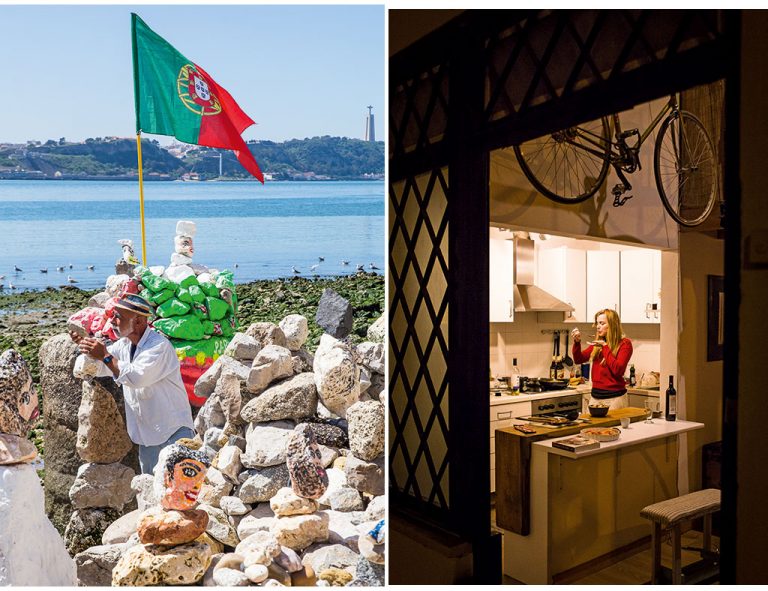
Coffee culture is something of an institution here; tasting ‘faella’ at midnight. Image by Tyson Jopson.
Stay here
Airbnb is your friend here. We found Little Patio for two, a tiny, clean apartment in Alfama for R670 per night. A simple place is fine if you spend most of your time exploring the city, and it justifies splashing out on a hotel on the last night. airbnb.com
Epic Sana Lisboa is the most affordable five-star hotel in town, and the breakfast buffet alone made it worthwhile. There’s a spa and sauna with steam room, and a rooftop pool with Balinese-style lounge beds. From R1217 per person sharing.
Do this
Drink ginjinha at Ginjinha Sem Rival. This delicious wild cherry liqueur tastes vaguely of cinnamon, and spitting the cherry stones into the cobbled streets outside is something of an institution. R16 a shot. Rua Das Portas de Santo Antão 7.
Poke around at Feira da Ladra, a flea market that’s existed since the Middle Ages. It has a great hodgepodge of crafts, rust, junk and treasure. Campo de Santa Clara.
Eat your body weight in pastéis de nata. Anyone in Lisbon will tell you that you’ll find the world’s best pastéis de nata at Pastéis de Belém on Rua de Belém; controversially, I preferred the ones we had at Fábricada Nata. Praca dos Restauradores 62 – 68.
Visit the Calouste Gulbenkian Museum. It houses collections of both ancient and modern art, and has beautiful gardens. The collection of Greco-Roman coins is fascinating. R160 entry to both Founder’s and Modern collections. Av. de Berna 45a.
Visit Cabo da Roca for the wild beauty of crashing waves and precipitous cliffs, and a beautiful lighthouse. It’s within the Sintra- Cascais Natural Park. It’s best to hire a car to get here. No entrance fee.
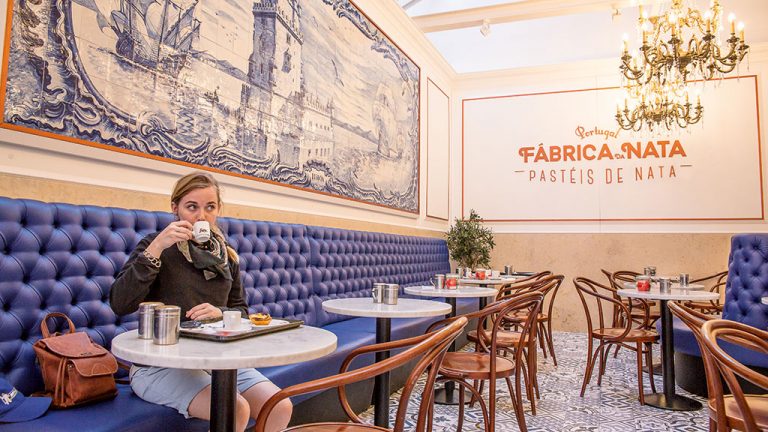
Fabrica da nata. Image by Tyson Jopson.
Eat here
The TimeOut Market is a mix of gourmet and down-to-earth in Bairro Alto district. Many of Lisbon’s famous restaurants hold stalls here, but you’ll also find the standard pizza-or- burger fare. Av. 24 de Julho, 49. Tapas 52, also in Bairro Alto, spills onto the pavement with great beer and even better tapas. The service is excellent. From R104 per tapas plate. Rua Dom Pedro V 52.
Bairro do Avillez is one of the more affordable restaurants in Michelin-chef-extraordinaire José Avillez’s stable. Delicious spins on traditional Portuguese food. From R160 for mains. Rua Nova da Trindade 18.
Park Bar is an oasis of cocktails and greenery on top of a parking garage, with a panoramic view of the city. It’s not at all signposted, which feels intentional – don’t be put off by the rickety parking garage elevator. Calçada do Combro 58.
Pavilhão Chinês is somewhere between a bar and museum. (But it’s definitely a bar.) World War II helmets, toy airplanes, and an overwhelming collection of tchotchkes are displayed in the wall-to-ceiling cabinets. Rua Dom Pedro V 89–91.

The TimeOut Market. Image by Tyson Jopson.
This column first appeared in the February issue of Getaway magazine.
Our February issue features 12 of the best tented-camps around the country, fun-filled water adventures in Northern KZN, Madagascar by motorbike plus a guide to finding everyday magic in underrated Lisbon.
